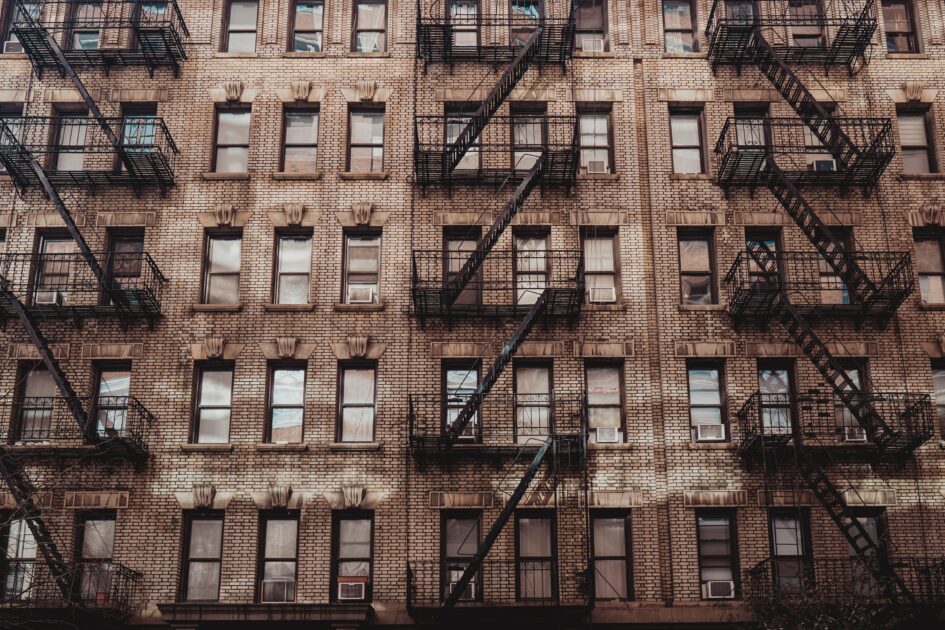Low income home energy assistance program
LIHEAP is a federal grant program that provides financial assistance to low and fixed-income individuals for fuel and utility bills.

LIHEAP Saves Families
The Low Income Home Energy Assistance Program (LIHEAP) is a federal block grant program that provides financial assistance to low and fixed-income individuals for fuel and utility bills, as well as low-cost weatherization and energy-related home repairs.
The average limited-income household’s energy burden is three times that of other households. For families with annual incomes of less than $35,000, more than half reported they reduced or went without medicine or food at least once in the previous 12 months to pay an energy bill.
By the Numbers
- LIHEAP restored power or prevented disconnection 2,757,200 times in FY 2023.
- In FY 2023, 60,818 homes were weatherized with LIHEAP funds, improving those households’ health, safety and affordability.
- LIHEAP keeps people safe and helps families avoid dangerous heating practices. Three out of 10 LIHEAP households include a person vulnerable to temperature extremes because of age or disability.
- 34,000 children were lifted out of poverty because of energy assistance in 2023.
- 68,000 people at the of 65 or older were lifted out of poverty because of energy assistance in 2023.
Our Position

LIHEAP keeps people safe and helps families avoid dangerous heating practices. Nine out of 10 LIHEAP households include a person vulnerable to temperature extremes because of age or disability.
AGA and our member companies work diligently to keep our customers connected, but the need for energy assistance remains. AGA will continue to support responsible levels of LIHEAP funding.
Current Funding
The LIHEAP statute provides for two types of program funding regular funds and emergency contingency funds. Regular funds are allotted to states according to a formula prescribed in the statute. Contingency funds are allotted and released by the president and the secretary of Health and Human Services. Every year, Congress must appropriate funds for LIHEAP.
LIHEAP is administered by the states, with the states having maximum flexibility in directing program funds. In addition, state and local governments provide assistance through taxpayer-funded initiatives. Fuel funds and other charitable groups provide direct assistance, funded by donations, to those in need. Utilities help these customers through discounts, fee waivers, arrearage forgiveness, and efficiency/weatherization programs, funded by customers and stockholders.
- $3.7 billion of FY 2025 regular block grant funding was released in October 2024.
- $3.6B from the CR signed on Sept 26 (this funding level is at 90% of what we received in FY24, which was funded at $4.1 billion),
- $100M from IIJA + $108K unobligated funds.
- 90% of this funding has been disbursed. However, the remainder is on hold until a final budget is passed for FY 2025.
As commodity prices continue to increase and put a strain on low-income households, there is a clear need to expand resources for the LIHEAP program. The National Energy & Utility Affordability Coalition (NEUAC) and its national coalition of over 300 member companies strongly urge Congress to defend and improve LIHEAP funding for FY 2026.
Resources
Take Action: Participate in LIHEAP Advocacy
Every year, LIHEAP supporters from across the country gather together in the name of advocacy and education. Join us for LIHEAP Action Day, where these advocates go to Capitol Hill to speak with legislators about the need for more LIHEAP funding.